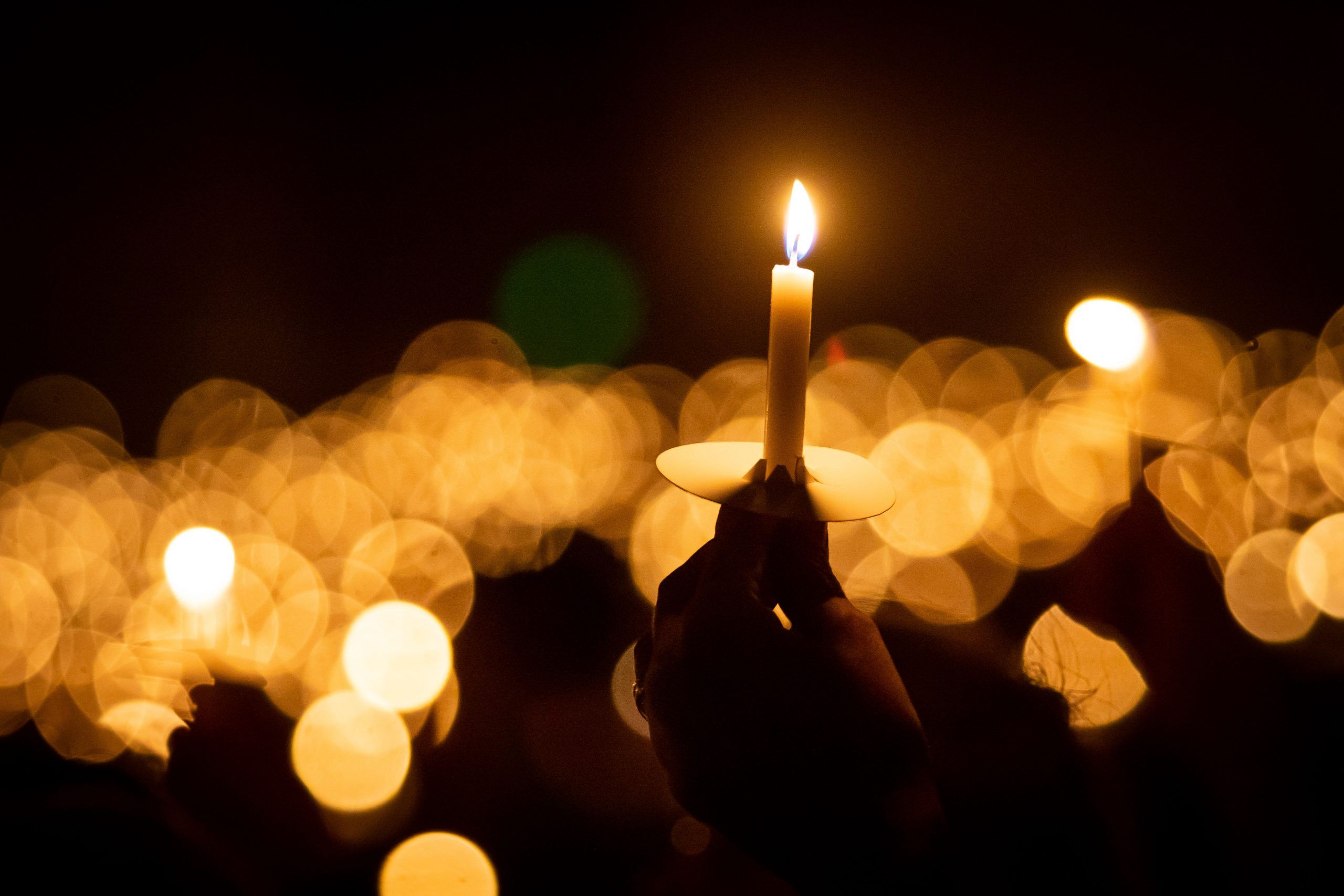Inside churches and outside courthouses across the country on Tuesday, transgender people and their allies will light candles and again recount their dead.
The list seems to grow year by year, whether because advocates have become more adept at reporting or because visibility has heightened threats against the community. This year it’s 22.
Transgender Day of Remembrance (TDOR) marks 20 years this week.
The event was started by Gwendolyn Ann Smith after Rita Hester was stabbed to death in her Allston, Mass apartment in 1998. Hester was just shy of her 35th birthday.
Smith remembers talking to other trans people in a chat room after Hester’s murder, noting the similarities between her death and that of 23-year-old Bostonian Chanelle Pickett, who was murdered three years prior. Both were young Black trans women living in the Boston area who were murdered in November (Hester died Nov. 28, and Pickett on Nov. 20).
But people hadn’t even heard of Chanelle Pickett.
“They had no idea that there had even been any other cases,” said Smith. “That was the moment that I went, ‘We need to be looking at that. We need to see how many of us are being killed. Why are we being killed?’ Because we have no knowledge of what’s going on. Frankly, it angered me.”
Candlelit vigils in San Francisco and Boston for Hester that year would cement the official TDOR the following year in 1999.
But Smith also launched the website “Remembering Our Dead.” The site began the now widespread practice of chronicling every transgender homicide, of naming victims (the site no longer exists, but is still viewable as an archive). That act of naming victims was not just significant in that it called out and condemned violence against trans people, but it also launched a community-wide call to correct misgendering by law enforcement and media.
Over two decades, TDOR has grown from a modest gathering on a rainy night to an international event. It has changed the way we talk about transgender lives and death and has been used to press law enforcement and media, to acknowledge trans humanity.
Among those to most often correct misgendering by police and media has been Monica Roberts, whose blog TransGriot is often the first to break news of transgender homicides.
Roberts recalls that when Hester was murdered, even local LGBTQ newspaper Bay Windows misgendered her. Some things, however, have changed in 20 years, Roberts notes.
“We actually have people getting jail time for murdering trans folks,” she said. “You are seeing prosecutors taking it seriously. That is some of the progress we’re seeing. And you do have police departments across the country that are getting it right.”
According to a report released Monday by the Human Rights Campaign, 128 transgender people were murdered in last five years.
Of those, 90 percent were transgender women and 74 percent were Black. Gun deaths accounted for 63 percent of those murders and a third of the victims were engaged in sex work. Eight percent of the victims had experienced homelessness or housing insecurity leading up to their deaths, and 16 percent of those killed involved suspected intimate partner violence.
Sarah McBride, national press secretary for the HRC, noted that the report comes at a time of when media portrayals of transgender people are increasingly compassionate.
“In many ways, that’s the flip side of the coin of progress,” McBride said. “As we move forward, and more people come out, and as a greater spotlight is shown on transgender people, that spotlight attracts the interest and hate of those who wish to do us harm.”
But five years ago also marked a widespread departure from the somber focus of annual TDOR events, as trans activists longed for celebratory space.
“We only seemed to have at the time one trans event, and it was totally centered on violence and death,” says Smith. “It’s very difficult to stay in that space, trust me, I know.”
Five years earlier, Rachel Crandall, head of Transgender Michigan, started Transgender Day of Visibility on March 31. The day, which celebrates trans lives, grew in popularity over years.
In 2013, a group of transgender activists spearheaded by actress Jen Richards launched the Trans 100. The annual award for trans changemakers was announced to coincide with Transgender Day of Visibility (TDOV), a markedly upbeat counterpoint to TDOR. While the Trans 100 appears to have been short-lived (it has not published a list since 2015), the sentiment of TDOV has lived on.
Making room for that joy has, in many ways, also made new room for TDOR at a time of unprecedented violence against the community.
“I think we’ve reached that point where we have a fairly well-established Transgender Day of Visibility,” said Smith. “You have Trans Awareness Week that more or less leads into TDOR, and that helps on both sides of that. It makes remembering that much more important.”
Last year had the highest rate of transgender murders ever reported at 29. This year has seen an unusual string of murders in Florida that have set off fears that a serial killer is targeting black transgender women in the state.
Roberts says that all violence is happening against a backdrop of political hostility against transgender people in the Trump administration.
“You can’t just demonize a group of people and expect that nothing bad is going is going to come out of that,” Roberts said. “When you put all that negativity in the air, someone is going to react to it.”
Transgender Day of Remembrance will be held in cities across the world November 20.
Don't forget to share:
Help make sure LGBTQ+ stories are being told...
We can't rely on mainstream media to tell our stories. That's why we don't lock our articles behind a paywall. Will you support our mission with a contribution today?
Cancel anytime · Proudly LGBTQ+ owned and operated
Read More in Impact
The Latest on INTO
Subscribe to get a twice-weekly dose of queer news, updates, and insights from the INTO team.
in Your Inbox













